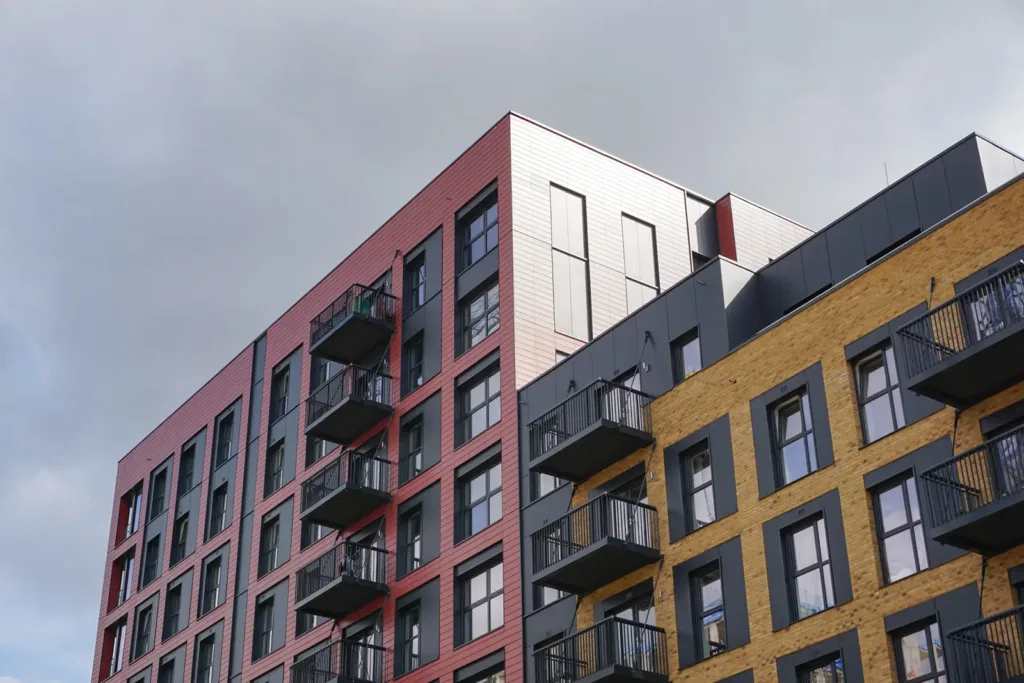Belinda Bagnall from Residentsline, provides more information about reinstatement cost assessments, how to make sure yours is correct, and how they’re utilised by the insurance industry.
Assessing coverage limits and policy premiums is a multifaceted task for insurers. Among the many tools they use, the most important is likely to be your building’s reinstatement cost assessment.
Over and underinsurance can be problematic when it comes to a claim. This assessment, conducted by a third-party professional, ensures that the property is adequately insured, providing peace of mind for property owners and helping to avoid potentially huge financial loss in the event of a disaster.
Find out more about reinstatement cost assessments, how to make sure yours is correct, and how they’re utilised by the insurance industry below.
What Is a Reinstatement Cost Assessment?
A reinstatement cost assessment is a detailed evaluation, carried out by a professional surveyor accredited by the Royal Institution of Chartered Surveyors (RICS). It determines what the current cost would be to rebuild the property from the ground up in the event of total destruction.
The assessment includes the structure itself as well as associated costs such as professional fees, demolition, and site clearance. The assessor will consider other factors too, like the building’s size, construction materials, architectural style, and location.
Why Do Insurance Companies Use Reinstatement Cost Assessments?
Insurance companies use reinstatement cost assessments to ensure that the coverage provided by a policy is sufficient to rebuild the property in the event of total loss. This figure directly impacts the sum insured on the policy, which in turn determines the premiums due.
If a block of flats is underinsured (meaning the insurance coverage may fall short of what is needed to fully rebuild the property after a disaster) property owners can be faced with significant out-of-pocket expenses. Over insuring a property can mean that leaseholders pay a higher premium than necessary. This doesn’t carry any additional benefit, as the insurance pay out would not exceed the actual reinstatement cost.
The coverage limit, or sum insured, is the maximum amount that the insurance company will pay out in the event of a claim. The reinstatement cost assessment provides a precise figure that helps set this limit. By basing the coverage limit on the reinstatement cost rather than the market value or another metric, insurance companies ensure that the policyholder has sufficient funds to rebuild the property in its entirety.
By tying the coverage limit to the reinstatement cost, both the insurer and the property owner have a clear, accurate understanding of the financial risks involved.
Impact on Insurance Premiums
Insurers consider many influences to decide on their insurance premium, for example, the building’s location, construction, age, condition, as well as the claims history of the property. Still, the reinstatement cost remains one of the most significant factors, as it directly correlates with the financial risk the insurer is taking on.
The rate the Insurer chooses is applied to the figure shown on the reinstatement cost assessment, then loadings or reductions may be applied for the reasons above dependent on the appetite of that Insurer. Fundamentally if the declared value or sum insured increases the premium will increase too. At your annual policy review many policies automatically index link the sum insured or declared value, and the premium will normally increase at the same rate as the insurer’s potential pay out in the event of a claim also increases.
The Importance of Regular Reinstatement Cost Assessments
Given that construction costs and other associated expenses can change significantly over time, it’s important for property managers to ensure that the reinstatement cost assessment for the block is up to date.
Insurance companies typically recommend that these assessments be carried out every three years, or whenever significant changes are made to the property such as renovations or extensions.
If a property’s reinstatement cost assessment is outdated, the coverage limit may no longer be accurate, potentially leading to underinsurance. Regular assessments help ensure that the insurance policy remains aligned with the actual cost of rebuilding, providing continuous protection against financial loss.
To Sum Things Up…
Reinstatement cost assessments are a vital tool used by insurance companies to determine coverage limits and premiums. By basing insurance policies on the cost of rebuilding rather than market value, insurers can provide accurate, tailored coverage that meets the needs of property owners.
Regular assessments help maintain this accuracy over time, ensuring that both insurers and policyholders are protected against the financial risks associated with property loss. For property owners, staying proactive about these assessments is key to maintaining adequate insurance coverage and managing costs effectively.
Residentsline has been providing insurance for flats and apartments for over 25 years. We enjoy providing support and assistance to our customers in all areas of leasehold. Call us today for a quote at 0800 281 235.




Leave A Comment